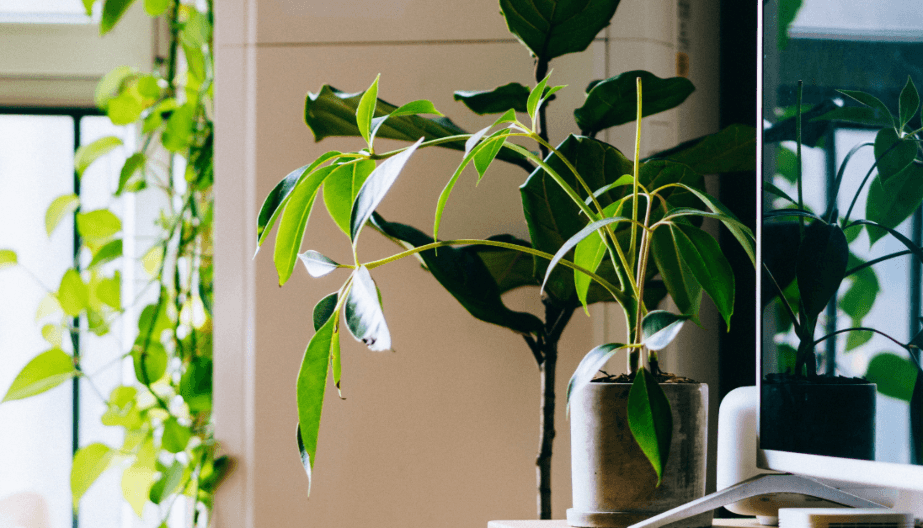Maximizing space and minimizing expenses - the conventional cubicle office was not created with sustainability in mind. The emergence of a modern open office brought consciousness towards the well-being of people and planet on the corporate agenda, but making “green” initiatives drive sustainable workplace change remained somewhat challenging. Just a couple of years ago, the US Green Building Council reported that office buildings were by far the biggest consumer, responsible for 41% of the world’s average energy use.
Then, the coronavirus pandemic hit a reset button, creating a momentum of societal and environmental change. Grounded business flights, shrinking commutes, and empty offices delivered serious carbon dioxide savings, while a growing emphasis of health and safety at work brought attention to sustainable ways of ensuring it.
Once we finally settle down in the so-called New Normal, this acceleration will be shaping the companies’ proactive sustainability efforts. How?
Greener Building Designs
Probably the first workplace design aspect to rethink will be the air filtration, coming with a challenge to improve it without increasing energy consumption. The solution goes beyond changing the technology: real estate managers will collaborate with architects to bring more outdoor air to offices, or even create open-air workspaces, such as terraces, gardens, or green roofs.
The widespread understanding that lack of exposure to natural light in the workspace is associated with many stress-related symptoms is pushing the office trends towards biophilic designs. Such interior arrangements include natural lights with different color temperatures, natural furniture materials, indoor water constructions, plants, and so on.
Designing for well-being is a sustainable action inself. Despite the rise in telecommuting, the office is here to stay. Whether it’s the only workplace, a meeting hub, or a part of a hybrid model, the demand for healthier, eco-friendly corporate buildings is bound to grow.
Sustainability-Oriented Management
Looking for ways to optimise workspaces and reduce energy consumption, businesses will opt for modern office technology to manage seating arrangements, monitor occupancy levels, and ensure automation of simple maintenance processes. Tuning up these office management systems (already in use or newly adopted) and making sure they function in coordination with sustainable goals will be of utmost importance.
Let’s take a smart desk booking application as an example. It can help implement assigned seating to limit occupancy and create a safer workplace, however, the reduced office density won’t shrink expenditures on energy on its own. But what if the desk booking tool had an interactive floor map, with real-time occupancy and availability stats? This information could be used to make “green” maintenance adjustments: switch off lights, regulate heating systems, and schedule cleaning in unoccupied office areas.
Healthy employees, reduced consumption, and a smaller energy bill. The triple bottom line of people, planet, and profit will be growing its prominence as a framework to evaluate not only a business environmental performance, but all of its elements, including technology.
Goodbye, Commute?
Today, the 15-minute city, a concept coined way before the coronavirus crisis, is rapidly making its way into the spotlight. It is a vision of a healthy and tight urban environment containing all essential work and leisure facilities surrounding the living areas. Such districts are easy to navigate on foot or by bicycle, making commutes short and pleasant.
The 15-minute cities might become perfect locations for the businesses that are embracing the hybrid working approach by disjointing their big offices into smaller hubs. These moves can be closely intertwined with the elimination of commute.
Reducing the amount of time workers spend in their cars to reach the office results in a reduced business’s carbon footprint: less gas, less pollution, and less congestion. Apparently, when it comes to sustainability, going smaller oftenly means making a bigger impact.
We should acknowledge similarities between the coronavirus crisis and the impact of environmental change. The latter bears just as substantial disruptive power as the pandemic. The good news? Hit by one, we gained some great lessons on how to deal with the other. Sustainable is the New Normal.








